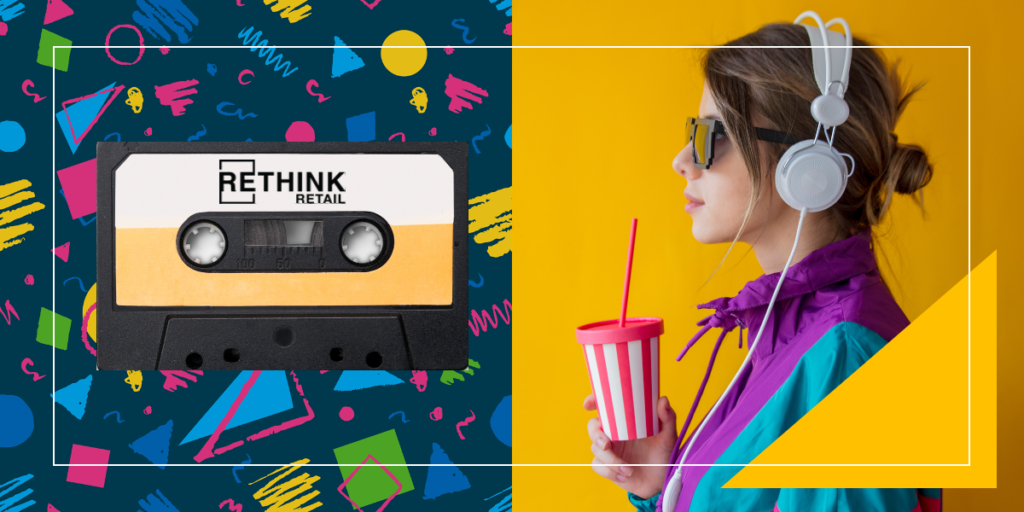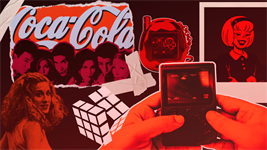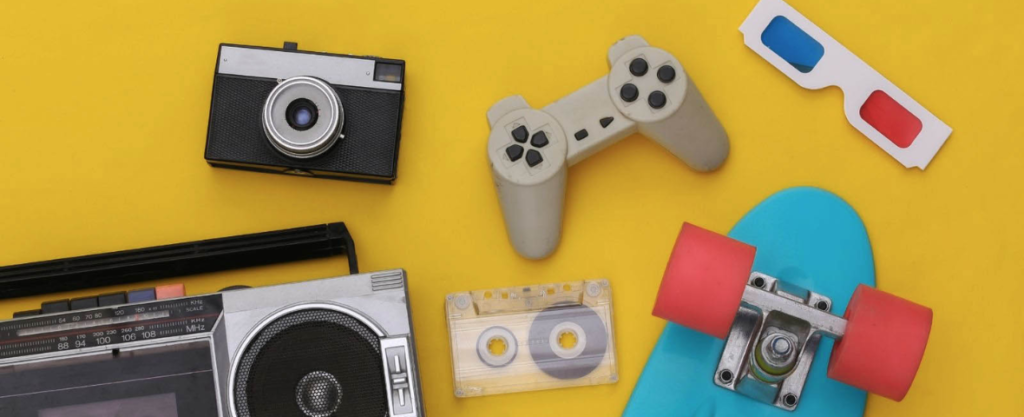Step into a world where memories of the past hold the key to unlocking consumer hearts and minds. Nostalgia, with its powerful ability to evoke emotions and transport us back in time, has become a potent tool in marketing strategies. In this blog post, we delve into the fascinating realm of nostalgia marketing, exploring its psychological roots and impact on consumer behavior. Join us on a journey through the nostalgic landscape where brands harness the magic of yesteryears to create lasting connections with their audiences.

The Psychology Behind Nostalgia and Consumer Behavior
Nostalgia, the longing for the past, is deeply rooted in human psychology. When we reminisce about happy memories from our youth or a simpler time, it triggers positive emotions and feelings of comfort. This emotional response is linked to the brain’s reward center, releasing dopamine and making us feel good.
Psychologists suggest that nostalgia serves as a coping mechanism during times of stress or uncertainty. By revisiting familiar experiences through nostalgic thoughts, individuals find solace and stability in an ever-changing world. It provides a sense of continuity and connection to one’s identity.
Moreover, nostalgia can enhance self-esteem by highlighting meaningful moments from the past. It reinforces personal relationships and strengthens social bonds by evoking shared experiences with others who lived through similar eras or trends. The psychological impact of nostalgia on consumer behavior is profound, influencing purchasing decisions based on sentimental value rather than practicality.
How Nostalgia Influences Consumer Behavior
Nostalgia is a powerful emotion that can significantly influence consumer behavior. When consumers experience nostalgia, they often feel a strong connection to the past, triggering positive emotions and memories associated with certain products or brands. This emotional response can lead to increased brand loyalty and willingness to make purchases.
Moreover, nostalgia has the ability to create a sense of comfort and familiarity for consumers. By tapping into feelings of nostalgia, marketers can evoke sentimental attachments that drive purchasing decisions. Whether it’s through vintage-themed packaging, retro advertising campaigns, or reimagined classic products, companies are leveraging nostalgia to appeal to consumer sentimentality.

Consumers tend to seek out nostalgic experiences as a way to escape the complexities of modern life and find solace in familiar elements from their pasts. By incorporating nostalgic elements into their marketing strategies, businesses can establish a deeper connection with their target audience by resonating with shared memories and emotions.
Understanding how nostalgia influences consumer behavior is essential for brands looking to create meaningful connections with customers and drive sales through emotional marketing tactics.
Examples of Nostalgic Marketing Strategies and Consumer Behavior
Remember the Coca-Cola Christmas ads that feature Santa Claus? These commercials tap into nostalgia by evoking warm, fuzzy feelings associated with the holiday season. By connecting their brand with cherished memories of festivities and togetherness, Coca-Cola successfully creates a nostalgic appeal.
Another example is Nintendo’s re-release of classic video games like Super Mario Bros. for modern consoles. By leveraging beloved characters and gameplay from the past, Nintendo capitalizes on consumers’ emotional connection to these retro titles, driving sales through nostalgia.
Disney’s live-action remakes of animated classics such as “The Lion King” also play on people’s sentimental attachment to childhood favorites. The studio brings back iconic stories and characters in a fresh yet familiar way, appealing to both new audiences and long-time fans alike.
These examples showcase how brands use nostalgic marketing strategies to forge strong connections with consumers based on shared memories and emotions.
Benefits and Drawbacks of Using Nostalgia in Marketing
When it comes to using nostalgia in marketing, there are several benefits that brands can leverage. Nostalgia has the power to evoke strong emotions and create a sense of connection with consumers. By tapping into fond memories from the past, companies can build trust and loyalty among their target audience.
Additionally, nostalgic marketing strategies often stand out in a crowded marketplace. In a world where consumers are constantly bombarded with new products and advertisements, leveraging nostalgia can help brands cut through the noise and make a lasting impression.

On the flip side, one drawback of relying too heavily on nostalgia is the risk of alienating younger audiences who may not have the same emotional attachment to retro themes or references. It’s important for brands to strike a balance between appealing to nostalgic sentiments while also staying relevant and innovative.
Moreover, there is always the danger of coming across as insincere or exploiting people’s emotions for profit when using nostalgia in marketing campaigns. Brands need to be authentic and genuine in their approach to ensure that they resonate with consumers on a deeper level.
The Evolution of Nostalgic Marketing in the Digital Age
In the digital age, nostalgic marketing has taken on a whole new dimension. Brands are now leveraging social media platforms, personalized ads, and interactive experiences to tap into consumer behavior
With the rise of influencer collaborations and viral challenges, companies are finding innovative ways to connect with their audience on a more emotional level through nostalgia. By incorporating elements from pop culture or iconic trends from previous decades, brands can create a sense of familiarity and comfort that resonates with consumers.
Moreover, the use of user-generated content and storytelling allows brands to authentically engage with their audience in a way that feels genuine and relatable. This shift towards more interactive and immersive marketing strategies has enabled businesses to forge deeper connections with consumers who seek authenticity in their brand interactions.
As technology continues to advance rapidly, we can expect nostalgic marketing techniques to evolve even further, blending seamlessly with cutting-edge innovations to create truly unforgettable experiences for consumers in the digital landscape.
Conclusion: Utilizing Nostalgia Responsibly in Branding and Advertising
Utilizing nostalgia in branding and advertising can be a powerful tool to connect with consumers on an emotional level. By tapping into positive memories and emotions from the past, companies can create a sense of familiarity and comfort that resonates with their target audience.
However, it is essential for brands to use nostalgia responsibly. While nostalgic marketing strategies can evoke strong feelings and drive sales, over-reliance on this approach may come off as insincere or manipulative. It’s crucial for marketers to strike a balance between leveraging nostalgia effectively and ensuring that their messaging remains authentic.
In today’s digital age, where trends evolve rapidly, incorporating nostalgic elements into marketing campaigns can help brands stand out amidst the noise. Whether through retro design aesthetics, throwback references in content creation, or reimagining classic products for modern audiences, there are endless opportunities to harness the power of nostalgia in innovative ways.
By understanding the psychology behind nostalgia and its impact on consumer behavior, businesses can create memorable experiences that foster lasting connections with their customers. By embracing nostalgia responsibly in branding and advertising efforts, companies can not only drive engagement but also build loyalty that transcends time.
For more such content, keep visiting QAWire


